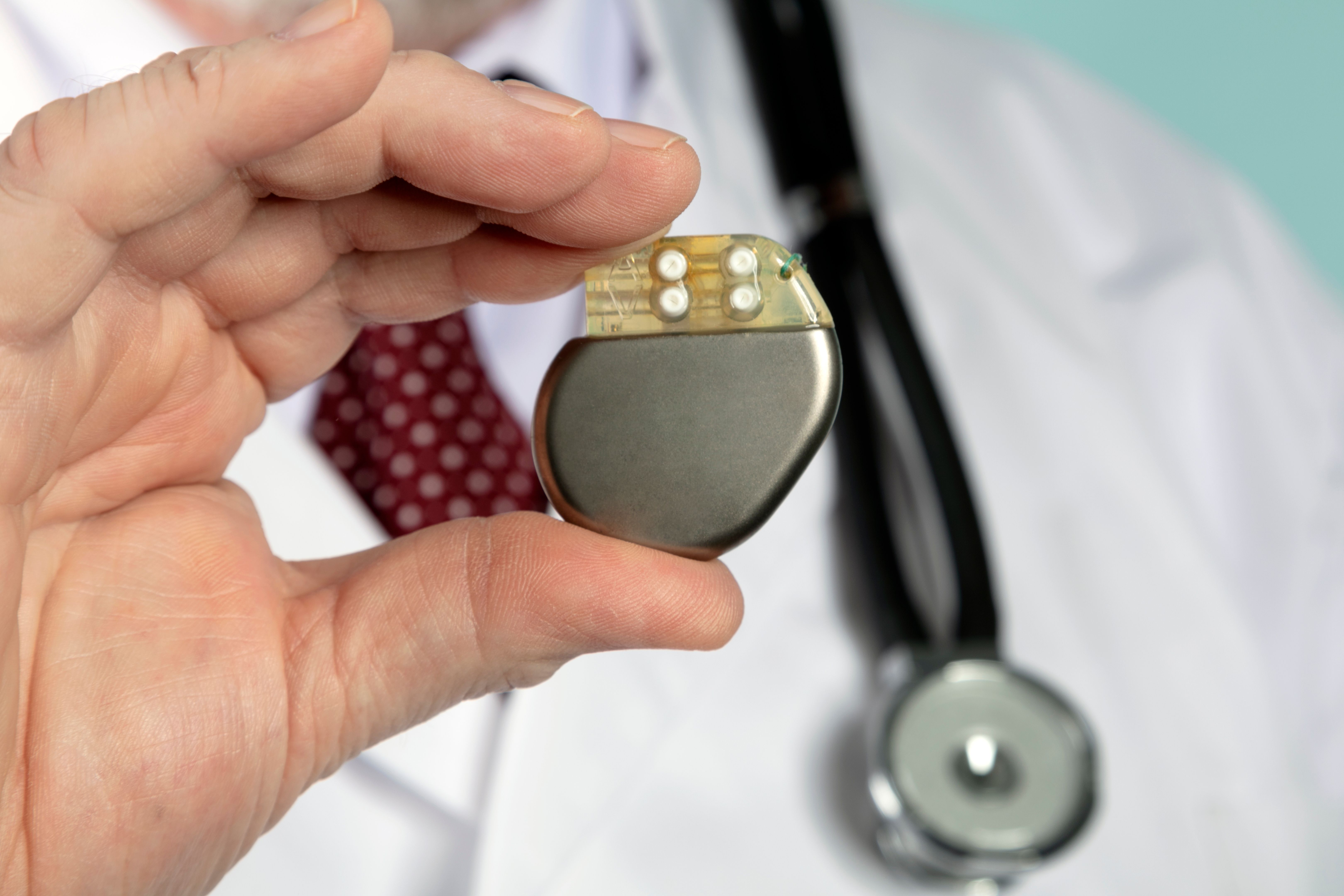- Center on Health Equity & Access
- Clinical
- Health Care Cost
- Health Care Delivery
- Insurance
- Policy
- Technology
- Value-Based Care
Permanent Pacemaker Implantation Frequently Follows Tricuspid Valve Surgery, Study Finds
Among Medicare beneficiaries, implantation was especially frequent for female patients and those undergoing tricuspid valve replacement with or without concomitant left-sided heart surgeries.
Implantation of a permanent pacemaker (PPM) often follows tricuspid valve surgery (TVS), particularly in female patients and those undergoing TV replacement with or without concomitant left-sided heart surgeries, according to a study published in the Journal of the American Heart Association.
While mortality rates remained unaffected, the procedure was linked to elevated rates of heart failure (HF) rehospitalization and worsening tricuspid regurgitation (TR) among Medicare beneficiaries.
The final study cohort included 13,294 Medicare beneficiaries who underwent any form of TVS between 2013 and 2020, with 2518 (18.9%) requiring postsurgical PPM implantation and 10,776 (81.1%) not requiring a PPM. Patients who underwent TVS for endocarditis were excluded.
Risk factors for PPM implantation included:
- Female sex (relative risk [RR], 1.26; 95% CI, 1.17-1.36; P < .0001)
- Prior sternotomy (RR, 1.12; 95% CI, 1.02-1.23; P = .02)
- Preoperative second-degree heart block (RR, 2.20; 95% CI, 1.81-2.69, P < .0001)
- Right bundle-branch block (RR, 1.21; 95% CI, 1.03-1.41; P = .019)
- Bifascicular block (RR, 1.43; 95% CI, 1.06-1.93; P = .02)
- Prior malignancy (RR, 1.23; 95% CI, 1.01-1.49; P = .04)
Interestingly, a smaller retrospective study conducted at 2 academic medical centers over a 5-year period did not find significant differences in sex between patients requiring a PPM and those who did not. However, the current study, with a significantly larger cohort size—13,294 vs 237 patients—provided novel insights into these associations.
TV replacement posed a significantly higher risk of PPM implantation compared with TV repair (RR, 3.20; 95% CI, 2.16-4.75; P < .0001). However, after a median follow-up of 3.1 years, there was no difference in mortality between patients who received PPM and those who did not (HR, 1.02; 95% CI, 0.93-1.12; P = .7). Additionally, while PPM placement was not associated with a higher risk of endocarditis, it was linked to an increased risk of HF readmission (HR, 1.28; 95% CI, 1.14-1.43; P < .001).
Pacemaker | Image credit: Birgit Reitz-Hofmann – stock.adobe.com

“The increased risk of HF readmission could be linked to the increased rates of TR, which is commonly described after PPM implantation with a frequency ranging from 7% to 45%, according to different studies,” the authors noted.
The frequency of PPM implantation following isolated TVS appeared to surpass that observed after isolated left-sided heart surgeries. Specifically, 27.3% and 12.6% of patients undergoing isolated TV replacement or repair, respectively, required a PPM.
Upon further literature review, the authors found lower rates in patients undergoing isolated mitral valve surgery (0.8%), coronary artery bypass grafting (4%), surgical aortic valve replacement (2.7%), or transcatheter aortic valve replacement (7.75%). These findings align with previous studies, including a 10-year analysis of TVS trends that reported a 26% incidence of PPM implantation, as well as a recent randomized controlled trial on mitral valve surgery where surgery plus tricuspid annuloplasty resulted in a significantly higher PPM implantation rate compared with surgery alone (14.1% vs 2.5%).
“The reason behind the high risk of PPM implantation as a result of heart block following TVS is primarily anatomic,” the authors said. “The atrioventricular node resides in the muscular atrioventricular septum at the apex of the triangle of Koch, which borders the TV. Thus, the former is highly susceptible to injuries during intervention, increasing the risk of postoperative high-degree atrioventricular block, the most common indication of pacing following TVS.”
It’s important to note that the necessity for PPM implantation varies across different types of TVS. While comparative data are scarce, TV repair is generally favored over TV replacement, particularly when repair is feasible, due to its simpler and faster nature and associated reductions in in-hospital and operative mortalities. Despite similar long-term survival rates between repair and replacement, isolated TV replacement was significantly associated with a higher risk of postprocedural PPM implantation compared to repair (RR, 2.2; 95% CI, 1.87-2.58; P < .0001), likely due to the close anatomical relationship between the tricuspid apparatus and the conduction system. Techniques during TV replacement, such as careful suture placement and monitoring for rhythm changes, can help mitigate postoperative conduction disturbances.
The study’s limitations include potential errors in coding due to its administrative database source and the absence of echocardiographic data, which could affect outcome interpretation. Additionally, as the cohort was restricted to Medicare patients, the generalizability of the findings to the broader population may be limited, despite extensive matching on confounders.
Reference
Kassab J, Harb SC, Desai MY, et al. Incidence, risk factors, and outcomes associated with permanent pacemaker implantation following tricuspid valve surgery. J Am Heart Assoc. Published online January 31, 2024. doi:10.1161/JAHA.123.032760
